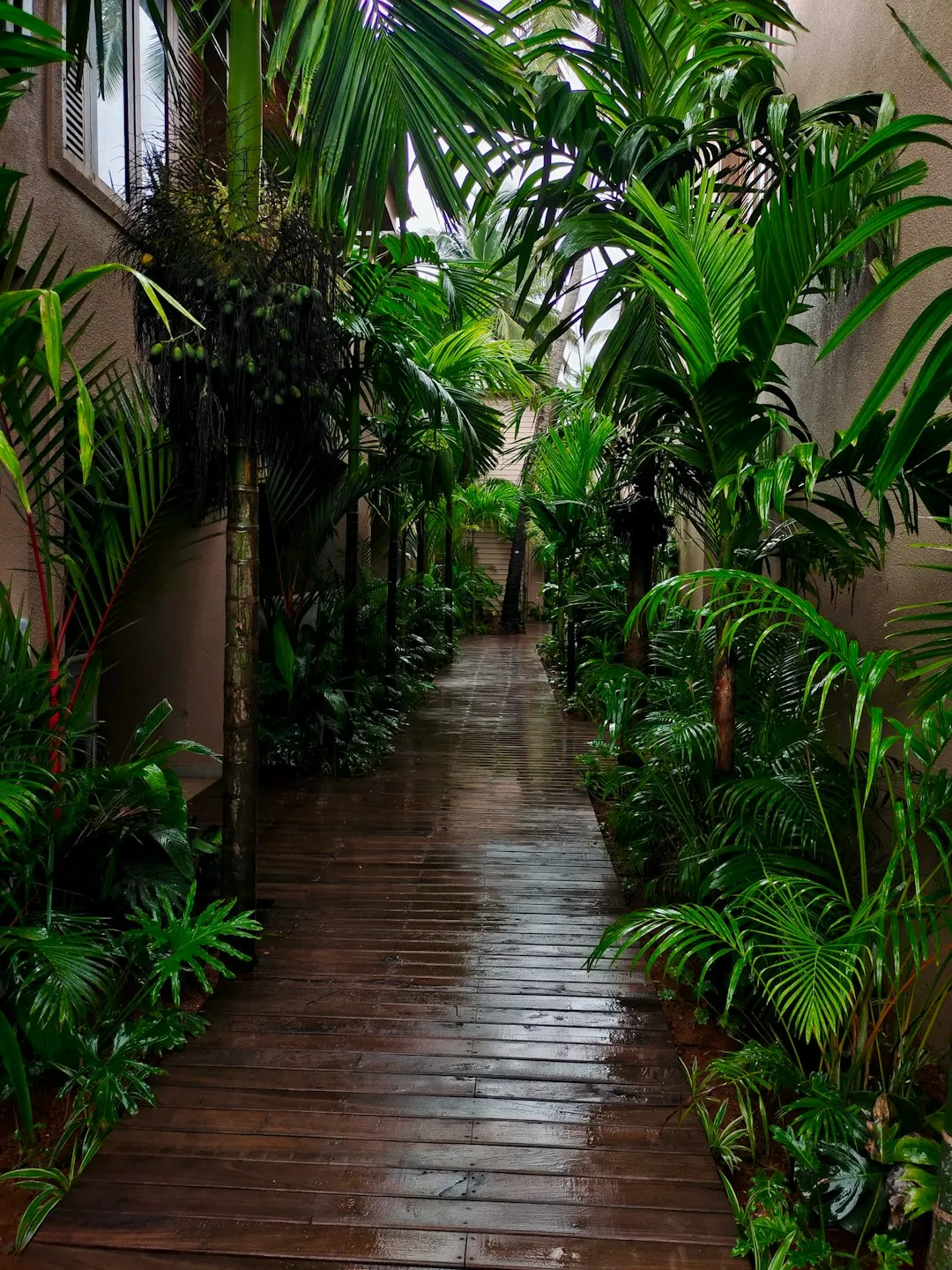Unleashing the Magic of Low - Maintenance Rain Gardens

In the world of garden design, rain gardens have emerged as a sustainable and aesthetically pleasing solution. These gardens not only add a touch of natural beauty to your outdoor space but also play a crucial role in environmental conservation. In this article, we will explore some easy - care perennials, grasses, and shrubs that can transform your rain garden into a haven for pollinators while effectively managing stormwater.
### The Concept of Rain Gardens
Rain gardens are strategically designed depressions in the landscape that collect and filter stormwater runoff. When it rains, water from rooftops, driveways, and other hard surfaces flows into these gardens. The plants and soil in the rain garden act as natural filters, removing pollutants and allowing the water to slowly seep into the ground. This helps to reduce flooding, prevent erosion, and recharge groundwater supplies.
### Easy - Care Perennials for Rain Gardens
1. **Black - Eyed Susan (Rudbeckia hirta)**
Black - Eyed Susans are a classic choice for rain gardens. These vibrant yellow flowers with dark centers are not only beautiful but also very hardy. They can tolerate a wide range of soil conditions, from moist to slightly dry. Black - Eyed Susans bloom from mid - summer to early fall, attracting bees, butterflies, and other pollinators. Their long - lasting flowers add a splash of color to the garden and are perfect for cutting and using in floral arrangements.
2. **Coneflower (Echinacea purpurea)**
Coneflowers are another popular perennial for rain gardens. They are known for their large, daisy - like flowers with prominent cones in the center. Coneflowers come in a variety of colors, including purple, pink, and white. They are drought - tolerant once established and can thrive in full sun to partial shade. These plants are a magnet for pollinators, especially butterflies, which are attracted to their nectar - rich flowers.
3. **Joe - Pye Weed (Eutrochium purpureum)**
Joe - Pye Weed is a tall, native perennial that can reach heights of up to 7 feet. It has large, clusters of pink to purple flowers that bloom in late summer. This plant prefers moist to wet soil conditions, making it an ideal choice for rain gardens. Joe - Pye Weed is a great source of nectar for butterflies and bees, and its tall stature adds vertical interest to the garden.
### Grasses for Rain Gardens
1. **Switchgrass (Panicum virgatum)**
Switchgrass is a native grass that is well - adapted to a variety of soil types, including wet soils. It has a clumping growth habit and can reach heights of 3 to 6 feet. Switchgrass provides excellent habitat for wildlife, including birds and small mammals. In the fall, its foliage turns a beautiful golden color, adding seasonal interest to the rain garden.
2. **Fountain Grass (Pennisetum alopecuroides)**
Fountain grass is a popular ornamental grass that is known for its soft, arching foliage and fluffy flower spikes. It can tolerate a range of soil moisture levels, from dry to moist. Fountain grass adds a graceful, flowing element to the rain garden and is attractive to birds, which may use its seeds as a food source.
3. **Blue Fescue (Festuca glauca)**
Blue fescue is a low - growing, clumping grass with blue - gray foliage. It is drought - tolerant and can thrive in well - drained soil. Blue fescue adds a touch of color and texture to the rain garden, especially when planted in groups. Its compact size makes it suitable for the front of the garden or as an edging plant.
### Shrubs for Rain Gardens
1. **Buttonbush (Cephalanthus occidentalis)**
Buttonbush is a native shrub that is well - suited for rain gardens. It has spherical, white flower heads that bloom in mid - summer. Buttonbush prefers moist to wet soil conditions and can tolerate some shade. This shrub is an important food source for pollinators, including bees and butterflies, and its seeds are eaten by birds.
2. **Winterberry (Ilex verticillata)**
Winterberry is a deciduous holly shrub that is known for its bright red berries, which persist through the winter. It can grow in wet to moist soil and full sun to partial shade. Winterberry provides food and shelter for birds during the winter months. Its attractive berries also add a pop of color to the winter landscape.
3. **Summersweet (Clethra alnifolia)**
Summersweet is a fragrant shrub that produces spikes of white or pink flowers in mid - to late summer. It prefers moist to wet soil and partial shade. Summersweet is a favorite among pollinators, especially bees and butterflies, and its sweet fragrance fills the air in the garden.
### Designing Your Rain Garden
When designing a rain garden, it is important to consider the size and shape of the area, as well as the soil type and sunlight exposure. Group plants with similar water and sunlight requirements together. Place taller plants at the back of the garden and shorter plants at the front for a more balanced look. You can also add rocks, mulch, or other decorative elements to enhance the aesthetic appeal of the rain garden.
In conclusion, creating a rain garden with these easy - care perennials, grasses, and shrubs is a rewarding endeavor. Not only will you have a beautiful garden that attracts pollinators, but you will also be contributing to the health of the environment by managing stormwater effectively. So, roll up your sleeves and start planning your own rain garden today!